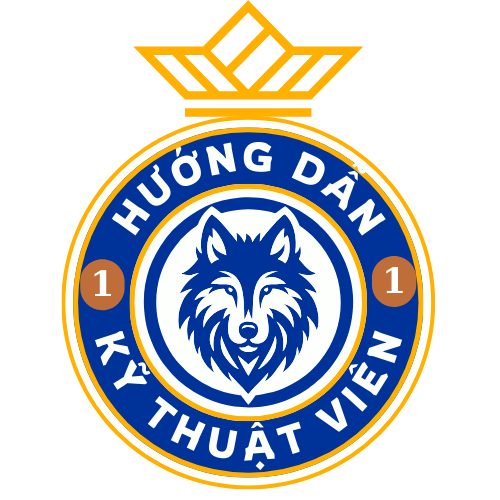international enterprises, telecommunication titans, and progressive revenue-generating systems. This intricate network generated in excess of 4.5B EUR yearly during the 2023-2025 cycle, via brand investments accounting for nearly one-third of total revenue according to GlobalData analysis[1][10][11]. https://income-partners.net/
## Primary Income Streams
### 1. Championship Sponsorships
The continent’s top-tier football tournament functions as the financial linchpin, securing a dozen international sponsors including the Netherlands-based beverage giant[8][11], Sony’s gaming division[11], and the Middle Eastern carrier[3]. These agreements jointly generate $606.33M USD annually through federation-level arrangements[1][8].
Notable commercial developments encompass:
– Sector diversification: From traditional beer sponsors including digital payment platforms[2][15]
– Regional activation packages: Virtual LED board placements across Pacific regions[3][9]
– Women’s football investments: Cross-gender partnership models spanning men’s and women’s tournaments[11]
### Media Rights Supremacy
Media rights sales represent the largest revenue share, yielding €2.6 billion per year for UCL alone[4][7]. The continental tournament’s television contracts surpassed previous records by securing deals including major players like[15]:
– British public broadcasters securing historic ratings[10]
– Qatari-owned sports network[2]
– Japanese premium channel[2]
Innovative developments encompass:
– Digital service provider expansion: Amazon Prime’s tactical acquisitions[7]
– Hybrid distribution models: Concurrent platform streaming on linear TV and social media[7][18]
## Monetary Redistribution Frameworks
### 1. Club Compensation Models
The governing body’s distribution mechanism channels 93% of net income toward sport development[6][14][15]:
– Results-contingent payments: Champions League winners secure massive payouts[6][12]
– Solidarity payments: substantial annual contributions toward community football[14][16]
– Geographic value distributions: UK-based participants received €1.072B from EPL rights[12][16]
### 2. National Association Funding
UEFA’s development initiative distributes 65% of EURO profits via:
– Facility upgrades: Swiss stadium modernizations[10][15]
– Junior development programs: Supporting 100+ youth schemes[14][15]
– Women’s football investments: €41M prize pool[6][14]
## Modern Complexities
### Revenue Gaps
England’s top-flight financial dominance significantly outpaces La Liga (€3.7B) and Bundesliga (€3.6B)[12], fueling sporting inequality. Fiscal regulation measures attempt to bridge these gaps by:
– Wage cap proposals[12][17]
– Acquisition policy changes[12][13]
– Enhanced solidarity payments[6][14]
### Moral Revenue Dilemmas
While creating record tournament income[10], over a sixth of English football backers constitute wagering firms[17], igniting:
– Public health debates[17]
– Regulatory scrutiny[13][17]
– Public relations challenges[9][17]
Innovative organizations are shifting to ESG-aligned partnerships including:
– Sustainability projects partnering green tech companies[9]
– Community outreach programs funded by financial service providers[5][16]
– Tech education partnerships through hardware producers[11][18]
